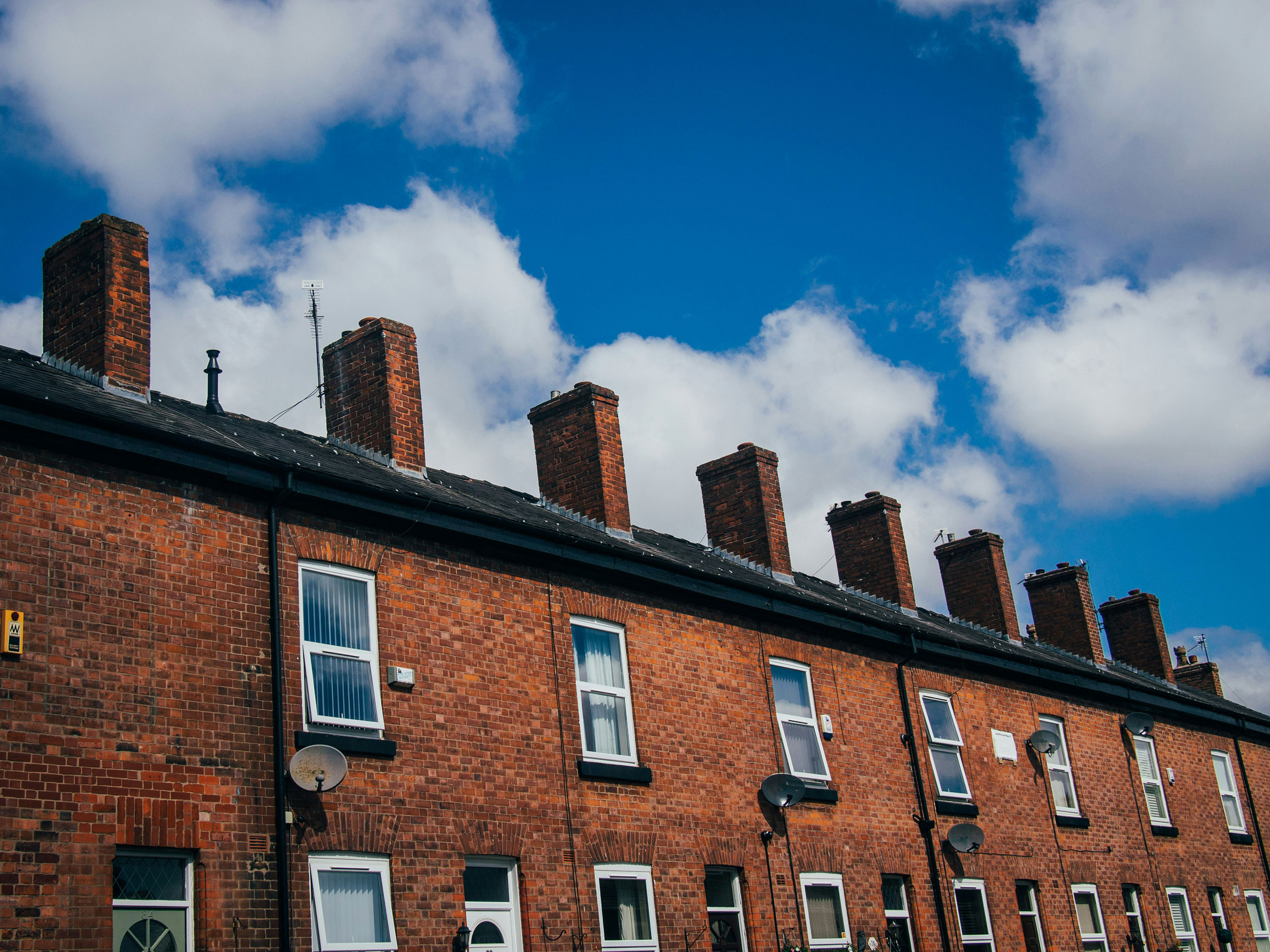Stamp Duty on Buy-to-Let Properties: Are You Overpaying?
- Home
- Media Centre
- Stamp Duty on Buy-to-Let Properties: Are You Overpaying?

Stamp Duty on Buy-to-Let Properties: Are You Overpaying?
Buy-to-let properties are a smart investment - but when it comes to Stamp Duty, many landlords are paying more than they should.
We see it all the time: investors unknowingly overcharged by thousands because they weren’t told about the reliefs and exemptions available. At SCA Tax, we specialise in identifying these overpayments and ensuring your money ends up where it should be.
If you’ve bought a rental property in the last few years, it’s worth asking:
Did you pay too much stamp duty?
What Is Stamp Duty on Buy-to-Let?
When you buy a residential property in England or Northern Ireland, you’re required to pay Stamp Duty Land Tax (SDLT). However, if the property is a buy-to-let or second home, an additional 5% surcharge is applied on top of the standard SDLT rates.
This surcharge applies to most investment properties and additional residential purchases - and it can make a big difference.
For example, if you buy a rental property for £300,000:
- Standard SDLT (as of April 2025):
- £125,000 at 0% = £0
- £125,000 at 2% = £2,500
- £50,000 at 5% = £2,500
- Total = £5,000
- With 5% surcharge, every band increases by 5%, so:
- £125,000 at 5% = £6,250
- £125,000 at 7% = £8,750
- £50,000 at 10% = £5,000
- Total SDLT = £20,000
That’s a £15,000 surcharge - and while the surcharge was originally introduced in 2016 at 3% to target second homes, it doesn’t always apply fairly or correctly. In many cases, buyers are charged the full rate when reliefs or reclassifications should have reduced it.
Common Reasons Buy-to-Let Investors Overpay SDLT
Many landlords and property investors don’t realise there are legitimate reliefs and reclassifications that can significantly reduce their stamp duty bills. Here are a few common scenarios where overpayments still happen:
1. Mixed-Use Properties
If the property includes non-residential elements - such as a flat above a shop, a property with agricultural land, or a commercial outbuilding - it may qualify as mixed-use. This changes the SDLT treatment to non-residential, meaning:
- No 5% surcharge, and
- Lower SDLT rates overall
Mixed-use classification is often missed by conveyancers, especially in borderline cases.
2. Non-Residential Classification
Even if a property isn’t clearly mixed-use, certain types of investment properties, like HMOs (houses in multiple occupation), care homes, or properties used solely for short-term letting businesses, may qualify as non-residential for SDLT purposes, depending on how they’re structured and used. This can reduce the overall tax bill substantially.
Why Use SCA Tax?
We’re a specialist tax advisory firm focused solely on Stamp Duty Land Tax refunds. We’ve helped thousands of property buyers reclaim overpaid SDLT - often when no one else could.
- Free assessment
- No-win, no-fee
- Fully HMRC-compliant
- Fast, expert-led process
No jargon. No time-wasting. Just smart, thorough reviews with real results.
Think You’ve Overpaid?
If you bought a buy-to-let property in the last 4 years, we’ll check it for free.
If there’s money to claim, we’ll handle the full refund process.
Start your free assessment here.
Contact Us
Have questions or need more information? Our team is here to help. Feel free to reach out to us!






